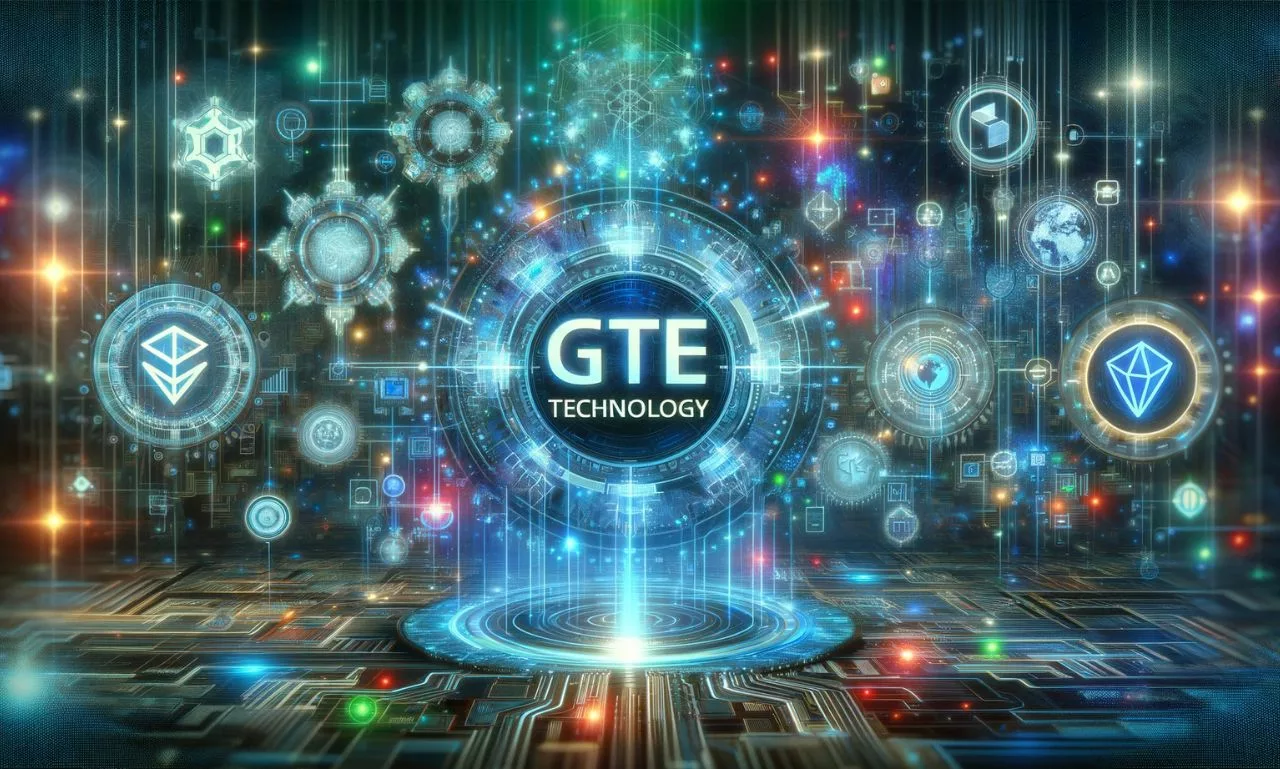GTE Technology, a blend of finance, technology, and digital assets, is gaining attention in today’s rapidly evolving digital landscape. Often wrapped in technical complexity, it stands at the forefront of transforming how we manage and trade digital assets. This article aims to simplify and explain GTE Technology in a clear, step-by-step manner, making it accessible to those curious about its impact and potential in the modern financial and technological world.
Table of Contents
Step 1: Defining GTE Technology
- GTE: An Acronym: GTE stands for Global Token Exchange. It’s essential to recognize that this is a broad term, potentially encompassing various aspects of digital tokens and their exchange platforms.
- Technology at Core: The ‘Technology’ part of GTE indicates the use of advanced tech systems to facilitate the trading, exchange, or management of digital tokens.
Step 2: Understanding Digital Tokens
- Digital Tokens Explained: Before delving deeper into GTE, it’s crucial to understand what digital tokens are. These are digital assets, which can be in the form of cryptocurrencies, security tokens, utility tokens, or even non-fungible tokens (NFTs).
- Variety and Usage: These tokens can represent a wide range of assets, from real estate to artwork, and can be used for investments, purchases, or as part of blockchain applications.
Step 3: The Exchange Platform
- Role of Exchange Platforms: GTE Technology is closely linked with platforms where these digital tokens are traded. These platforms can range from cryptocurrency exchanges to specialized NFT marketplaces.
- Features and Security: Key features of these platforms include user authentication, transaction processing, wallet services, and often, security measures to protect against fraud and hacking.
Step 4: Blockchain Integration
- Blockchain as the Backbone: The technology underlying GTE is predominantly blockchain. This decentralized ledger technology ensures transparency, security, and integrity of transactions.
- Smart Contracts: Many GTE platforms utilize smart contracts – self-executing contracts with the terms of the agreement directly written into code.
Step 5: Regulatory and Legal Aspects
- Navigating Legal Waters: One of the challenges of GTE Technology is navigating the regulatory landscape, which varies significantly across different countries.
- Compliance and Security: Platforms dealing with GTE Technology often have to ensure compliance with local and international financial regulations, including anti-money laundering (AML) and know your customer (KYC) policies.
Step 6: The Future and Potential of GTE Technology
- Innovation and Growth: The field of GTE Technology is rapidly evolving, with continual innovations and an expanding range of applications.
- Potential Challenges: While promising, GTE Technology faces challenges like regulatory uncertainty, technological hurdles, and market volatility.
Conclusion
GTE Technology, while complex, is a fascinating area combining technology, finance, and digital innovation. Understanding its various facets, from digital tokens to blockchain platforms, is crucial for anyone interested in the future of digital assets and exchanges. As the landscape continues to evolve, GTE Technology promises to be a significant player in the world of finance and technology.
